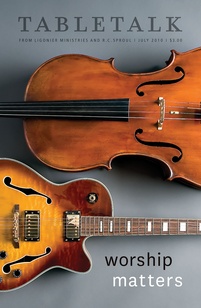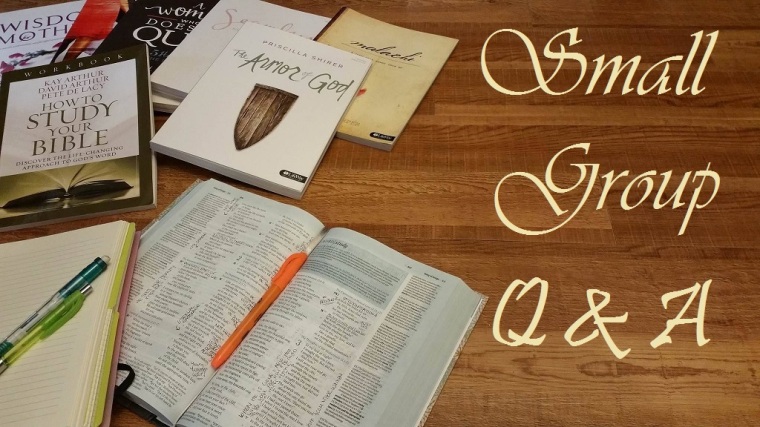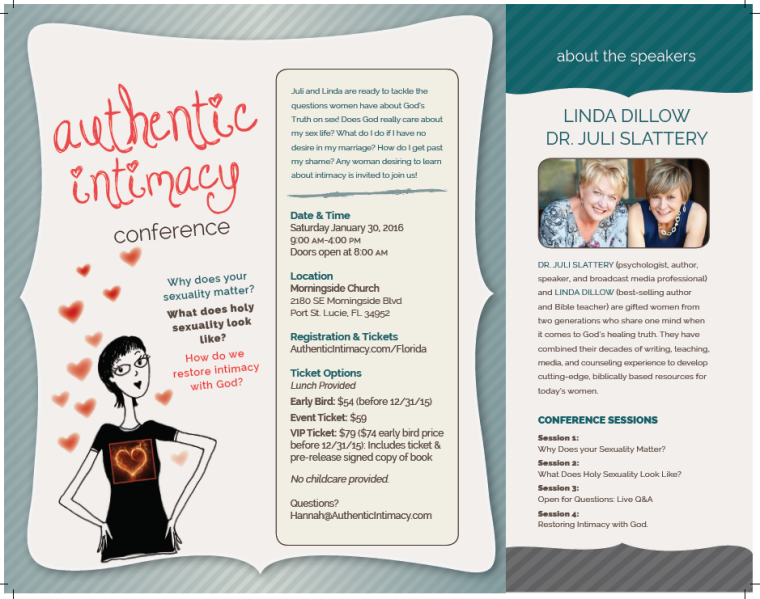
It is a brand new year, and for many of us that means that we are in the midst of planning a retreat for the women in the church. Quite often a retreat may be an alternative word for any sort of women’s getaway, including going to a conference. As we begin the planning process for this retreat, one of the most important factors we need to consider is the budget.
There are two types of retreats/getaways that we can consider in our planning:
- Joining a Women’s Retreat
- Planning a Women’s Retreat
When we join a women’s retreat, that means we are looking for an existing event that we can simply take part in. It could be a national conference, a regional women’s ministry retreat, or partnering up with a larger church in our area. The benefit to this event is that you don’t have to do anything other than promote it, collect the money (if there is not a website to register), and make travel arrangements. All of the planning and work has been executed by the hosting ministry. Whew.
However, there are times when we really want to do something more personal for the women in our church. Perhaps this is an opportunity to create tighter bonds among the women in the church, or maybe the Lord has laid on your heart a very specific theme/message to present. When we plan a retreat on our own, there is a LOT more work involved. To be honest, they are usually NOT less expensive either. If you are attempting to plan your own retreat to save money, consider yourself forewarned.
Generally speaking, from a business perspective, the MORE people who attend an event the LOWER the per person cost becomes. The expenses for print materials, for example, will reduce in price per person because it is fiscally more advantageous to print a larger run than a smaller limited run. A speaker may have a flat fee that is not affected by the number of attendees to the conference. The fewer people you have means that your expenses are divided up among a small resource pool. For a retreat that I planned a few years ago, it would have cost me exactly the same if I had 50 women in attendance, or 100.
Another point to consider is where the money for your retreat is coming from. There are women’s ministries that have a budget from the church, or at least have an account where they have raised funds to pull from. Yet, the reality for many women’s ministries is that they have little to zero budget. When planning your own retreat, if you are going to be holding it off the church grounds, you need to anticipate having to make a deposit to reserve your date. Will this money come from the Women’s Ministry account? Will you need to get a “loan” from the church fund until the payment for the retreat are received, at which time the church is given back that advancement? Or, are you going to hope for the best & begin accepting your payments… hoping that the space will still be available when you have enough to put in the deposit? It’s a risky move, but I have known women’s ministries that have had no other choice.
I believe these considerations are why most women’s ministries will join in a retreat elsewhere, frankly it is easier. Plus the cost you are given, is the cost. There are no surprises. If you are given a ticket price for a conference, we generally know that it doesn’t include our meals and hotel room. We have options to stay in the hotel hosting the conference, or at a nearby less expensive location. If we are aware that our food is not included, we can do research ahead of time to find out what the local restaurant choices are & their menu pricing. If we decide to take our women to a retreat location, in most cases the cost includes your lodging, food and materials. Then the women’s ministry need only decide if they are going to carpool or rent a bus.
Planning a women’s retreat ourselves is entirely different, and we need to expect the unexpected. Our ticket costs are dependent on the number of people in attendance, if we don’t get enough people the ministry pays the difference. So, keeping all this in mind, we can begin to explore how to budget for planning a women’s retreat. Typically the expenses for planning your own retreat will include lodging, food, materials, speakers, and sometimes transportation. There are ways to cut expenses, such as pulling your speakers from within the church versus hiring a professional speaker.
In my years of serving on and leading ministry teams, I’ve seen several different budget styles.
- The team plans the event as they want it, determines the number of people they want to attend the event, divides the cost up by that estimated attendance, and then you have your ticket cost.
- The team sets a per person ticket cap, trying to get everything they want in within that budget. They prioritize their wants for the event, until they run out of room in the budget cap.
- The team sets a per person ticket cap, does everything they want for the event, and the ministry makes up any difference between the final expense and the collected funds from the attendees.
The first option is risky, because you could create an event that is just too expensive. The higher the price the event, the less people who will be able to afford to attend. This means you will have a harder time getting the minimum number of attendees in order to make the event break even.
The second option has less risk, however it does mean that you are going to have to let go of some really good ideas. Or, you are going to have to get really creative (which also means you will be doubling your work load trying to acquire your event components for less money).
The third option is beautiful option, but only feasible if you are leading a women’s ministry that has the funds to pull it off. The majority of women’s ministries do not have excess funds that they can put into a retreat.
My preferred option is the second, it is a conservative budget that you can control. The first and third options leave too much room for your budget to get away from you.
Where the Money Goes:
One of the most shocking things I learned in retreat planning, is that PER PERSON… you greatest expense is FOOD. Unless you are blessed with a team of ladies who loves to cook, and a location where you can prepare your own food, estimate 50% of your cost going to food for the weekend.
The next most expensive item is going to be the lodging. Campgrounds will always be less, since you are typically sleeping in a dormitory style space. Hotels will always be the most, because it includes all of the extra amenities. Additionally, I found that staying TWO nights almost always costs as much a ONE night in a hotel. You also will need to consider how many people are sleeping a room, I found less and less women are interested in shacking up four to a room to save money. They want their own bed, they want the space less crowded, and some hotels are no longer allowing this as an option.
It seems to me, no matter how you shake it, up to 75% of your money is going to food and lodging. This is why more women’s ministries have opted for single day retreats. It removes the lodging costs entirely, reduces the food cost drastically, and since they are usually local there is really no transportation cost either.
For small women’s ministries, you may actually find that is CHEAPER to rent a mansion on the water, preparing your own foods for the weekend than to go to a hotel. And, something to consider, you almost always pay for the week. The WM team could head up early and spend time preparing the space, bonding, even planning the year before the rest of the women arrive.
Once you have secured the location and arranged your meal plans, then you can begin to look at speakers (if you are going to pay them), and finally move on to materials.
By choosing women from the church to speak, you can save money on speaker fees that can range from $50-$100 per session (not including their lodging, meal, transportation). In our church, when we use a woman form within the church as a speaker we give her a discount on her event registration & usually get her a small gift. If you have women who are comfortable speaking, but not necessarily preparing the materials, there are kits from companies like Group Publishing that provide all the content. All you have to do is find a few women to present it, it’s a lot less pressure on the women overall.
Now that you’ve gotten the big three components out of the way, you can subtract those expenses from your budget. At this point it will be very clear if you are working from a budget with a large margin that will accommodate renting a charter bus, or if transportation to the event will be left up to the attendees. Coordinating carpools can be a helpful way to “provide” transportation options without incurring the expenses of a charter bus. In the past, when coordinating carpools, we have made sure to provide the drivers with any road tolls and gas money as a token of appreciation for their willingness to drive.
Once you have addressed any transportation costs, the remaining available funds are what you will have left for all the other materials for the retreat. These materials can include notebooks, pens, take home favors, or supplies they will need for the event.
If you are planning on doing a craft: Try to build your craft off of items that are in the clearance section, ask for donations from local craft stores, or contact the manufacturer to see if you can get a bulk order discount for your supplies.
If you are planning on a tote bag of gifts: Ask local businesses if they are interested in sponsoring the items. At a past retreat we had a local business woman who donated 50 water bottles, with her business card dropped inside.
If you need supplies for activities: Ask around the church, you never know what people have lying around. A few years ago, we need 100 golf balls for a special activity at one of our retreats. A woman happened to have a bucket of golf balls from her husband (who couldn’t play anymore) and they donated them to our event. That saved us a lot of money.
Also consider that some local businesses will give non-profit groups a percentage off their purchases, like Hobby Lobby. Others will give a gift card to their store that you can use for whatever you like, we got a $50 gift card to Target to use on our craft project because the end product was going to a local children’s home.
Getting creative can help you dwindle down your expenses and make that last big of available budget stretch further.
My final piece of advice is to budget conservatively, if you want a 100 women to come… but all of your pricing is based at 51 women minimum, plan for 51. You can hope for 100, you can pray for 100, you can even expect God to deliver 100. However, base your budget at that minimum number. This way anyone who comes to the event after that 51st woman is now putting you in the place to ADD to your budget.
Adding to your budget will allow you to:
- Offer scholarships for women who can’t afford the retreat.
- Allow you to move things back into the Retreat Plan that you may have had to remove.
- Provides a small budget that you can purchase thank you gifts for all of your volunteers, or even get a special gift for each woman in attendance.
- It also allows you to have funds that you can roll over to future women’s ministry events.
- You could opt to cover the registration for the retreat for the Pastor’s wives, as a gesture of appreciation.
- Upgrade the food menu, add in access to an amenity on the location that was not included.







